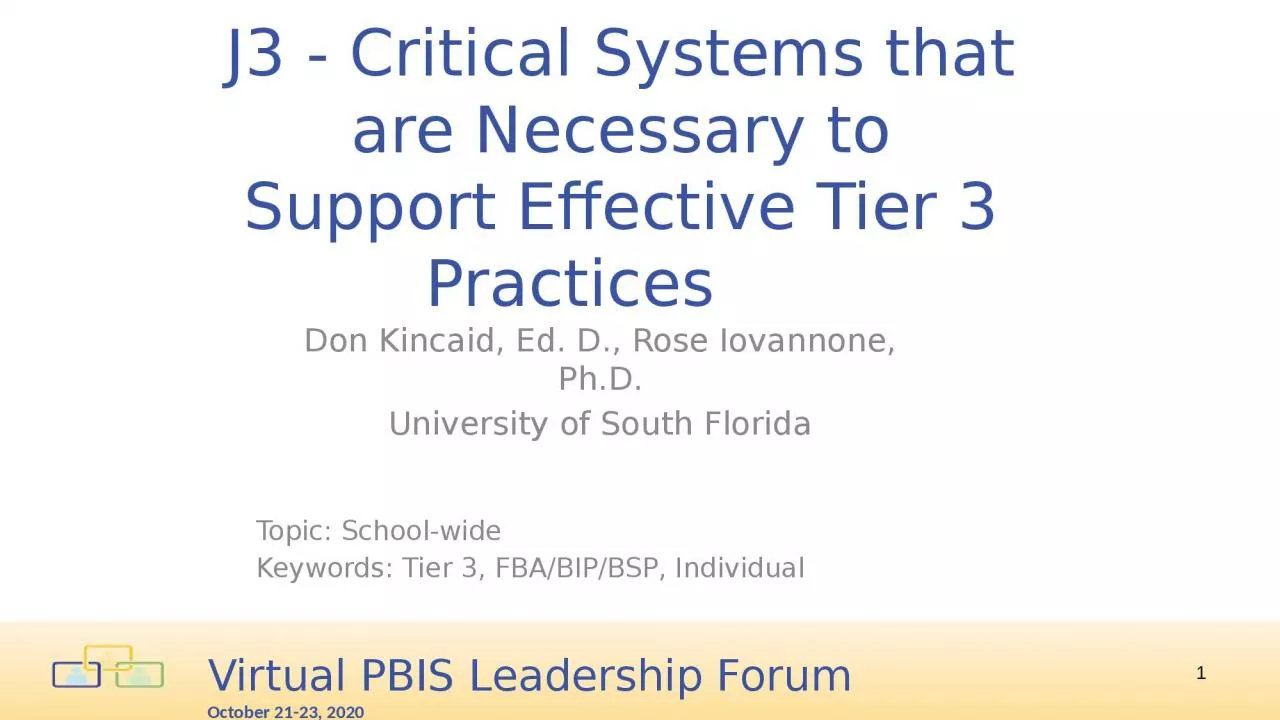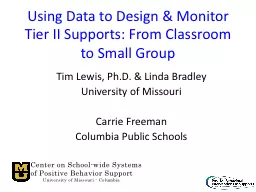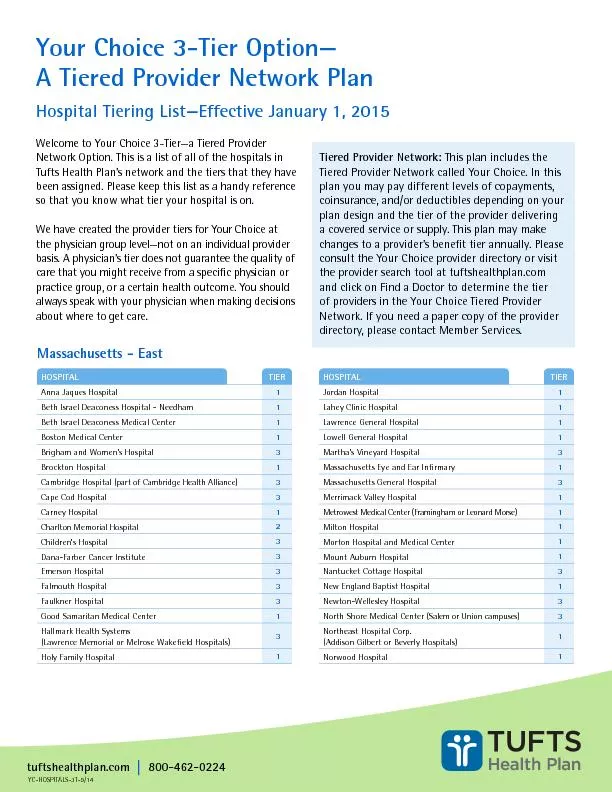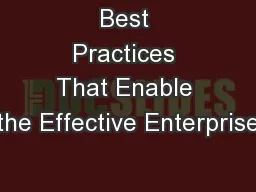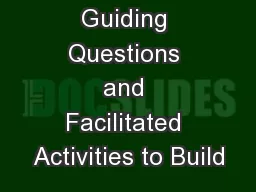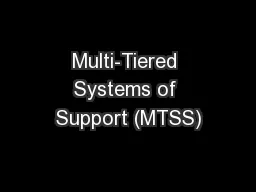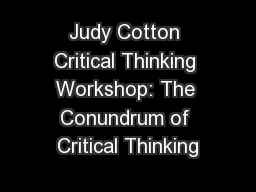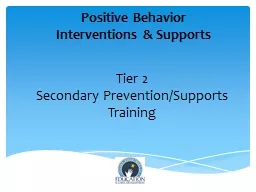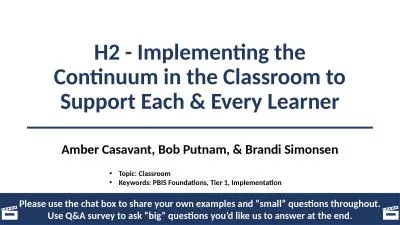PPT-J3 - Critical Systems that are Necessary to Support Effective Tier 3 Practices
Author : madeline | Published Date : 2024-03-13
Don Kincaid Ed D Rose Iovannone PhD University of South Florida Topic Schoolwide Keywords Tier 3 FBABIPBSP Individual 1 Virtual Forum Expectations EXPECTATION OVERALL
Presentation Embed Code
Download Presentation
Download Presentation The PPT/PDF document "J3 - Critical Systems that are Necessary..." is the property of its rightful owner. Permission is granted to download and print the materials on this website for personal, non-commercial use only, and to display it on your personal computer provided you do not modify the materials and that you retain all copyright notices contained in the materials. By downloading content from our website, you accept the terms of this agreement.
J3 - Critical Systems that are Necessary to Support Effective Tier 3 Practices: Transcript
Download Rules Of Document
"J3 - Critical Systems that are Necessary to Support Effective Tier 3 Practices"The content belongs to its owner. You may download and print it for personal use, without modification, and keep all copyright notices. By downloading, you agree to these terms.
Related Documents

